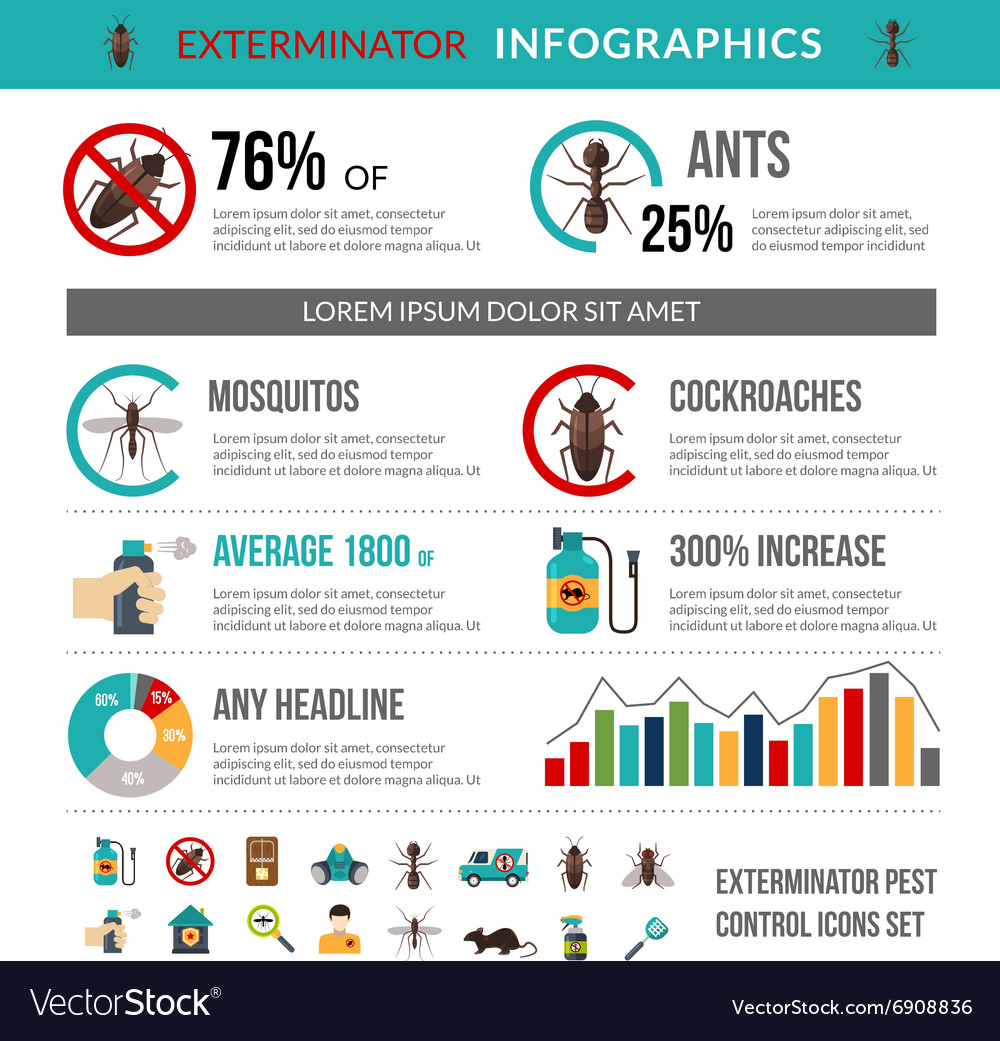Learn Important Techniques To Safeguard Your Home From Rats In The Attic Room
Learn Important Techniques To Safeguard Your Home From Rats In The Attic Room
Blog Article
Authored By-Britt Bay
Picture your attic room as a comfortable Airbnb for rats, with insulation as cosy as hotel cushions and electrical wiring a lot more luring than room solution. Now, envision these undesirable guests tossing a wild event in your house while you're away. As have a peek at this website , ensuring your attic room is rodent-proof is not practically assurance; it's about protecting your residential property and enjoyed ones. So, what straightforward actions can you take to safeguard your haven from these hairy intruders?
Evaluate for Access Information
To begin rodent-proofing your attic room, examine for entry points. Begin by thoroughly analyzing the exterior of your home, seeking any openings that rodents could make use of to gain access to your attic. Check for voids around utility lines, vents, and pipelines, in addition to any kind of splits or openings in the foundation or home siding. See to it to pay attention to locations where various structure products fulfill, as these prevail access factors for rodents.
In addition, inspect the roofing for any type of damaged or missing shingles, as well as any gaps around the edges where rodents could press via. Inside the attic, seek indicators of existing rodent activity such as droppings, chewed cords, or nesting products. Utilize a flashlight to completely examine dark corners and surprise rooms.
Seal Cracks and Gaps
Evaluate your attic thoroughly for any type of fractures and spaces that need to be sealed to avoid rats from getting in. Rodents can squeeze with even the tiniest openings, so it's crucial to seal any type of prospective access points. Check around pipes, vents, cords, and where the wall surfaces meet the roofing. Make use of a combination of steel woollen and caulking to seal these openings successfully. Steel wool is an excellent deterrent as rats can not eat through it. Make certain that all gaps are tightly sealed to refute access to unwanted insects.
Do not neglect the value of securing voids around windows and doors as well. Click Webpage stripping or door sweeps to secure these locations effectively. Inspect the locations where utility lines go into the attic and seal them off utilizing an ideal sealant. By putting in the time to secure all splits and gaps in your attic, you develop an obstacle that rats will find tough to violation. Prevention is type in rodent-proofing your attic room, so be extensive in your efforts to seal off any potential entry factors.
Get Rid Of Food Sources
Take positive measures to get rid of or keep all possible food sources in your attic room to deter rodents from infesting the area. Rats are brought in to food, so eliminating their food sources is vital in maintaining them out of your attic.
Right here's what you can do:
1. ** Shop food firmly **: Prevent leaving any food products in the attic. Store all food in closed containers constructed from metal or durable plastic to avoid rodents from accessing them.
2. ** Tidy up debris **: Get rid of any kind of piles of debris, such as old newspapers, cardboard boxes, or wood scraps, that rats can use as nesting product or food resources. Maintain the attic clutter-free to make it less appealing to rodents.
3. ** Dispose of rubbish correctly **: If you use your attic room for storage space and have waste or waste up there, make certain to dispose of it routinely and effectively. Decaying garbage can draw in rodents, so keep the attic tidy and devoid of any type of organic waste.
Final thought
In conclusion, bear in mind that an ounce of prevention is worth a pound of treatment when it concerns rodent-proofing your attic room.
By making the effort to evaluate for entry points, seal splits and spaces, and eliminate food sources, you can maintain unwanted bugs at bay.
Bear in mind, 'An ounce of avoidance deserves a pound of treatment' - Benjamin Franklin.
Keep proactive and shield your home from rodent infestations.
